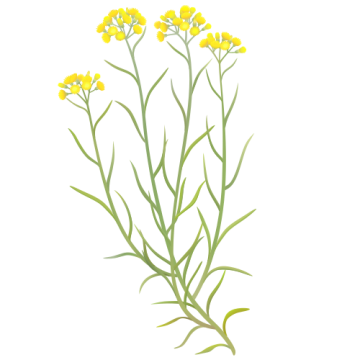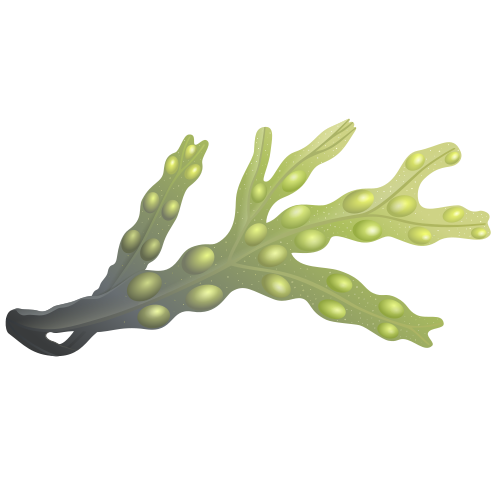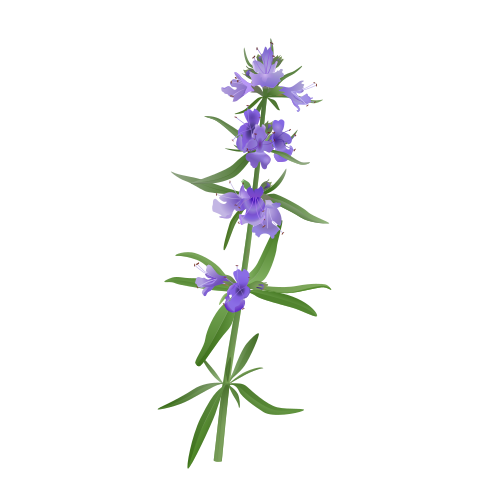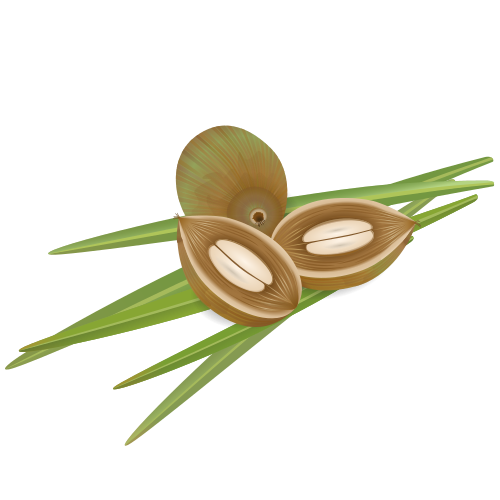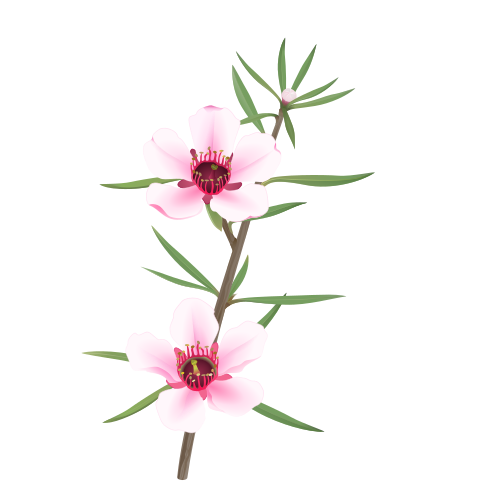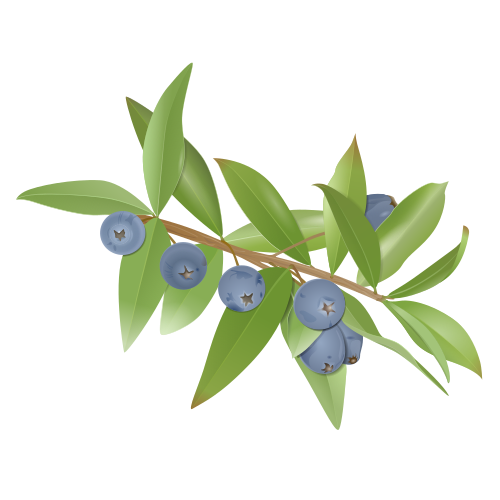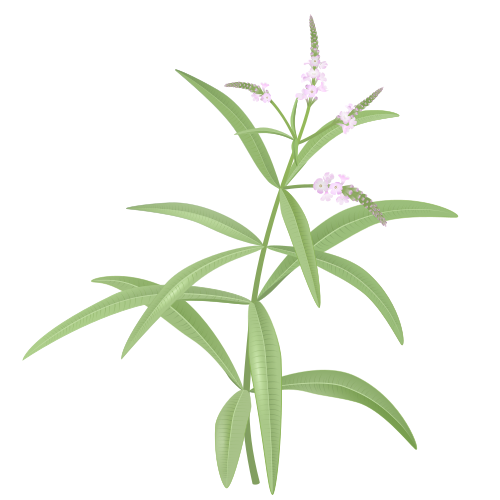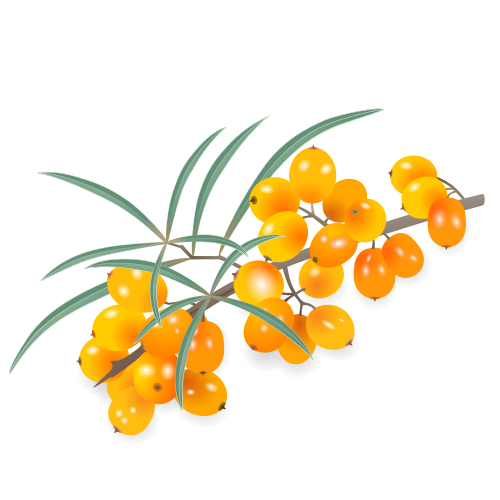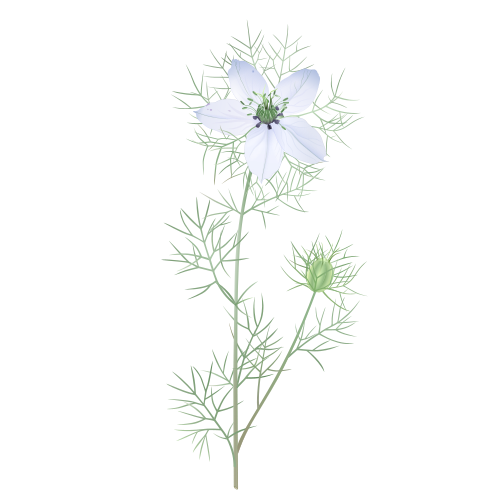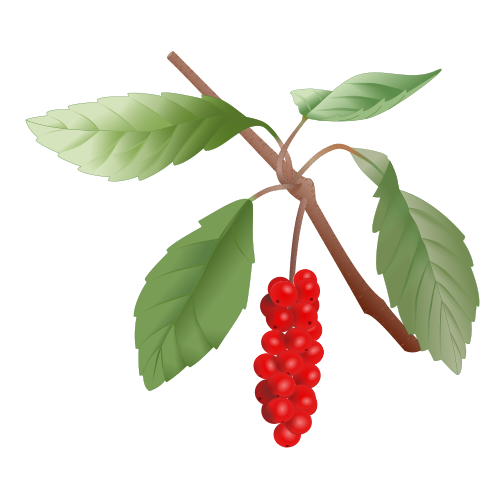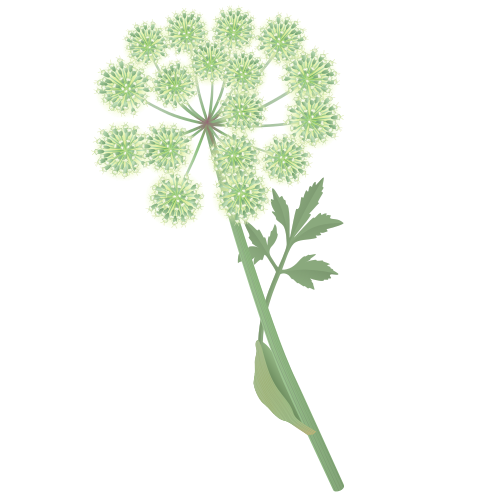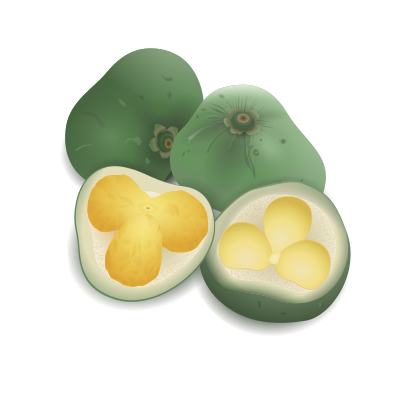Helichrysum arenarium is also known as sandy everlasting , and as immortelle, is herbaceous perennial plant belonging to Asteraceae family and it is native to Europe, Central Asia, and China. It grows to be an average of 0.3 m tall. The plant grows 10–30 (50) cm high with obliquely descendent, strong and short rhizome. The stem is usually branched at the upper part and carries alternate leaves, which are 2–5 cm in length. Both the leaves and the stem are covered with gray or silvery wooly hairs. The flower heads are arranged in loosely, a cross between umbel and panicle. They are 3Continue Reading…
